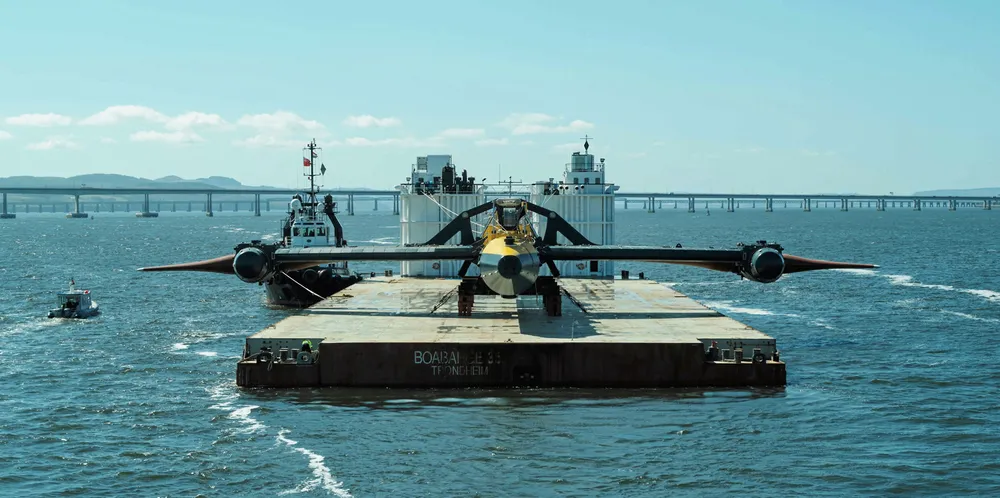'Don't judge it on its nameplate: this 2MW turbine could be key to tidal power's lift-off'
Some of the 'hidden features' of the O2 unit launched by Orbital Marine Power could be transformative for a sector that has struggled to commercialise, writes Andrew Scott
